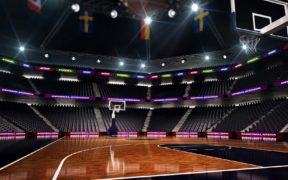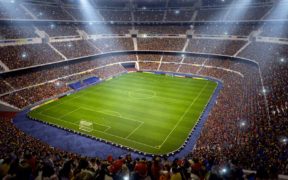Tag: Stadium

Forever on a quest to improve the accuracy of network predictions in our software, we recently released a new feature called “Body Loss Modeling.” With Body Loss Modeling, you can now account for the attenuation caused by bodies packed into a tight space together in your design – most useful for high-density venues like stadiums, […]

What’s iBwave Release 10 About? The newest release of iBwave Design 10 provides teams with everything they need in a software to design for new and emerging wireless technologies and tackle the challenge of designing for dense environments. Teams can now use iBwave Design to really leverage new technologies like LTE-Advanced, LAA, and CBRS to […]

It’s all about more and faster mobile data! For the past decade, a mobile carrier’s prime focus has been on cellular coverage improvements to provide traditional mobile services to their subscribers – i.e., voice, SMS, and data services – anywhere, anytime. As 80% of mobile sessions happen indoors, there has been a major push for […]
